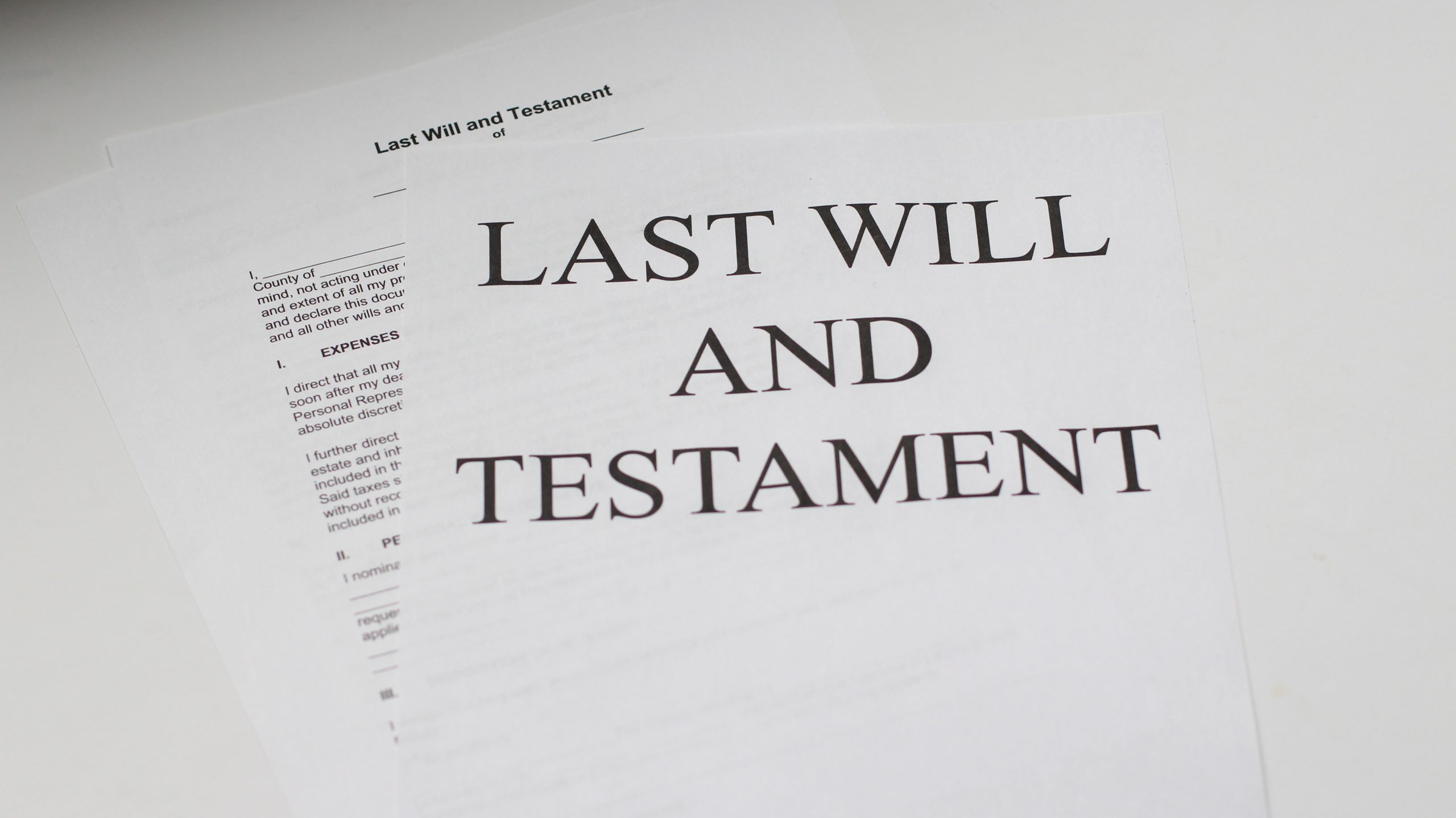3 min read
Do Attorneys Guarantee Success in Business Transactions?
Does this article’s title make you nervous? It should. With the unfortunate failures of many businesses due to the pandemic, we suspect claims of...
We've crafted solutions tailored to your firm
The world of insurance for law firms can be confusing, and difficult to navigate. We've created this glossary because these common insurance terms should be easy to understand.
3 min read
 Stacey Smith Claims Manager
:
Updated on November 14, 2023 | Posted on August 19, 2021
Stacey Smith Claims Manager
:
Updated on November 14, 2023 | Posted on August 19, 2021

“Baby Boomers, the generation of people born between 1944 and 1964, are expected to transfer $30 trillion in wealth to younger generations over the next many years. This jaw-dropping amount has led many journalists and financial experts to refer to the gradual event as the “great wealth transfer.”” (Forbes.com).
Further complicating this situation is the fact that the pandemic may well have upended much of the prior careful estate planning. What does this mean for attorneys who assist in estate planning? Often it means a very tricky path for attorneys which can lead to professional liability claims. By being aware of common pitfalls, hopefully you can avoid them and the associated malpractice claims. Here are several examples from actual ALPS claims which demonstrate several risks for estate planning attorneys:
Example A: Beware blended families! In this case, the Insured had drafted multiple estate-planning documents for husband and wife who both had children from prior marriages. The wife’s son was close to his stepfather and he gifted large amounts to him over the years. However, when the Insured prepared the estate planning documents, the wife’s son did not share in the family trusts but was provided a separate (lesser) bequest. After the husband died, the wife’s son sued the Insured claiming that the Insured made a drafting error in not including him in the husband’s family trusts.
Lesson A – as usual, documentation will save the day. In this case, confirming in writing (or better yet, a video) that the husband intended to separately provide for the different children and stepchildren shut down this claim quickly (of course there were additional legal defenses, such as lack of standing, available to defend this case.)
Example B: Beware the scope of representation! In this case, the family engaged in extensive tax planning and gifting between various trusts and the Insured worked with the family and their accountant in structuring various transactions. However, in one transaction, the family member did not seek the advice of the Insured or the accountant but transferred property between trusts. When one of the grantors died, the Insured discovered this transaction and that the proper tax forms were not filed. The family sued the Insured claiming that she breached her duty and should pay the penalties and interest caused by the transaction.
Lesson B – Again, documentation as to the scope of work and a pre-emptive statement as to what you are and are NOT going to do for the client and a warning regarding potential tax implications can help your defense of a potential claim made against you.
Example C: Beware the “family representation!” In this situation, which is a combination of multiple claims, the Insured is considered the “family attorney.” The Insured may do estate plans for multiple family members who later end up in a dispute over the family farm or other assets. The family members then claim that the Insured breached duties to the various family members and/or was in a conflict of interest in failing to look out for only that family member’s best interest to the exclusion of the other client family members.
Lesson C – Conflicts are real and will be alleged if there is disagreement. Explain the potential for conflicts of interest at the beginning of the representation and obtain written informed conflict waivers before you assist multiple members of the same family.
Example D: Beware as to who is and who is not your client! In this situation, related somewhat to example C, the Insured represented the father of several children. One of the adult children had long handled his father’s medical care and finances but from out of state. The father had another daughter who lived closer, so he requested that the Insured change the power of attorney and related documents to the daughter who lived closer. The Insured followed his client’s instructions and changed the documents. The son later sued the Insured claiming that the Insured had a duty to inform the son in advance of changing the documents.
Lesson D – When drafting documents that give one person or another power of attorney, be sure to advise that person that you do NOT represent them and that your only obligation is to your actual client, in this case, the father. This should go a long way in managing the family expectations as to your role in preparing these sensitive documents.
Example E: Beware the passage of time! In these situations, the client and the attorney work together and establish the estate plan. Many years pass and the client passes away with the original estate plan existing as it did the day it was executed. Unfortunately, the asset values changed, the tax laws changed, the family members may have changed, etc. The disappointed beneficiary sued, claiming the Insured should have reminded the client to update the estate plan, etc.
Lesson E – Do not assume the client will continue to return when the client has life changes. Document your file with a thank you closing letter explaining that situations change, that laws change, etc. and that your representation is at an end although you would be happy to have the client again retain you. This establishes that you are not responsible for continual updating of the estate plan and better informs your client so you can provide your best representation.
Conclusion – These are just a few of the many traps and claims in which our Insureds have found themselves. By careful documentation and forethought, you should be able to avoid (or at least successfully defend) a professional liability claim arising out of estate planning work.
Stacey K. Smith received her B.A. from Montana State University and her J.D. from Willamette University College of Law. She is a member of the Washington State Bar Association. Prior to joining ALPS in October 1999, Stacey spent over five years litigating major damage cases in both state and federal court. She served on the Washington State Bar Professionalism Committee, the Washington State Bar Court Rules and Procedures Committee and the Washington State Bar Ad Hoc Committee on Civility.

3 min read
Does this article’s title make you nervous? It should. With the unfortunate failures of many businesses due to the pandemic, we suspect claims of...

2 min read
It has never been easier than the present day to conduct law firm business without ever meeting clients in person. The result is greater efficiency...

3 min read
Maybe obvious, but one of the most important considerations in a claims made and reported insurance policy is timely reporting. ALPS’ Claims Made...